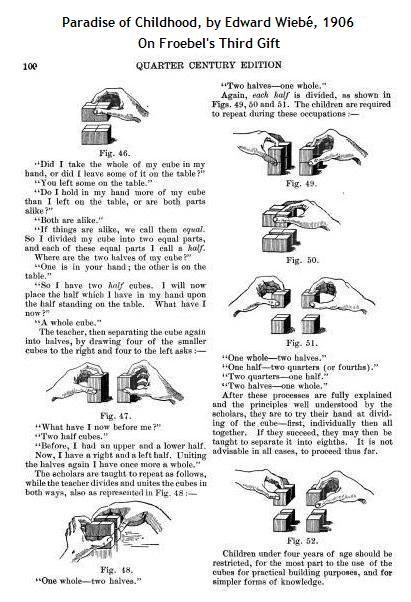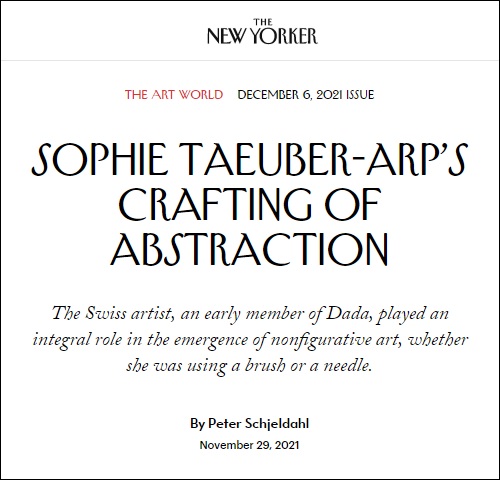|
You, Xi-lin; Zhang, Peter. "Interality in Heidegger."
The term "interology" is meant as an interventional alternative to traditional Western ontology. The idea is to help shift people's attention and preoccupation from subjects, objects, and entities to the interzones, intervals, voids, constitutive grounds, relational fields, interpellative assemblages, rhizomes, and nothingness that lie between, outside, or beyond the so-called subjects, objects, and entities; from being to nothing, interbeing, and becoming; from self-identicalness to relationality, chance encounters, and new possibilities of life; from "to be" to "and … and … and …" (to borrow Deleuze's language); from the actual to the virtual; and so on. As such, the term wills nothing short of a paradigm shift. Unlike other "logoi," which have their "objects of study," interology studies interality, which is a non-object, a no-thing that in-forms and constitutes the objects and things studied by other logoi. |
Some remarks from this journal on April 1, 2015 —
Manifest O
|
| 83-06-21 | An invariance of symmetry The diamond theorem on a 4x4x4 cube, and a sketch of the proof. |
| 83-10-01 | Portrait of O A table of the octahedral group O using the 24 patterns from the 2×2 case of the diamond theorem. |
| 83-10-16 | Study of O A different way of looking at the octahedral group, using cubes that illustrate the 2x2x2 case of the diamond theorem. |
| 84-09-15 | Diamonds and whirls Block designs of a different sort — graphic figures on cubes. See also the University of Exeter page on the octahedral group O. |
The above site, finitegeometry.org/sc, illustrates how the symmetry
of various visual patterns is explained by what Zhang calls "interality."














































